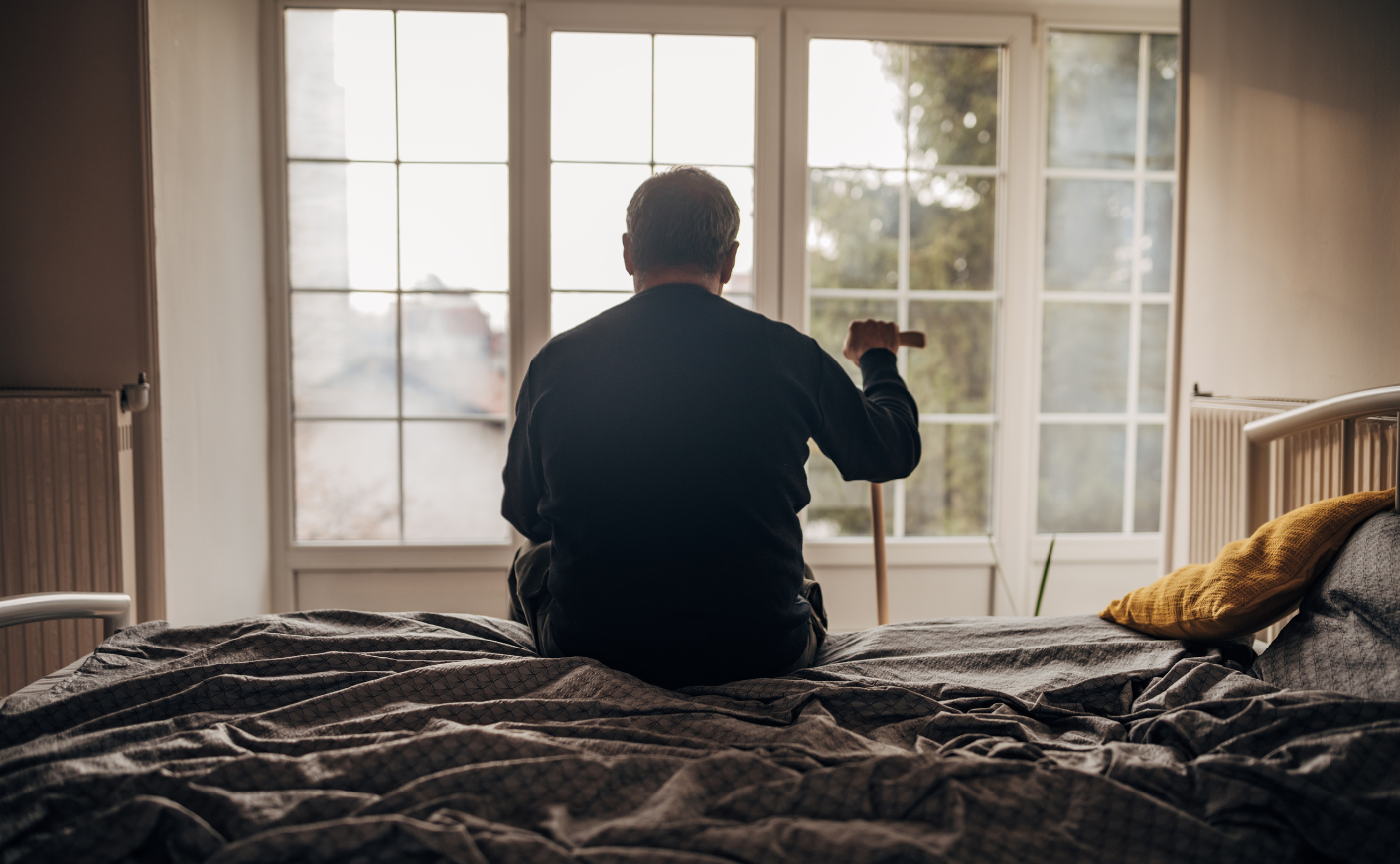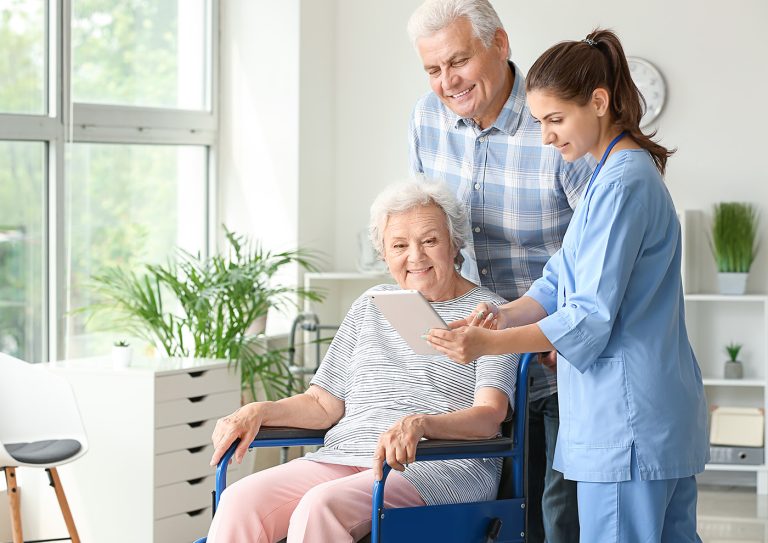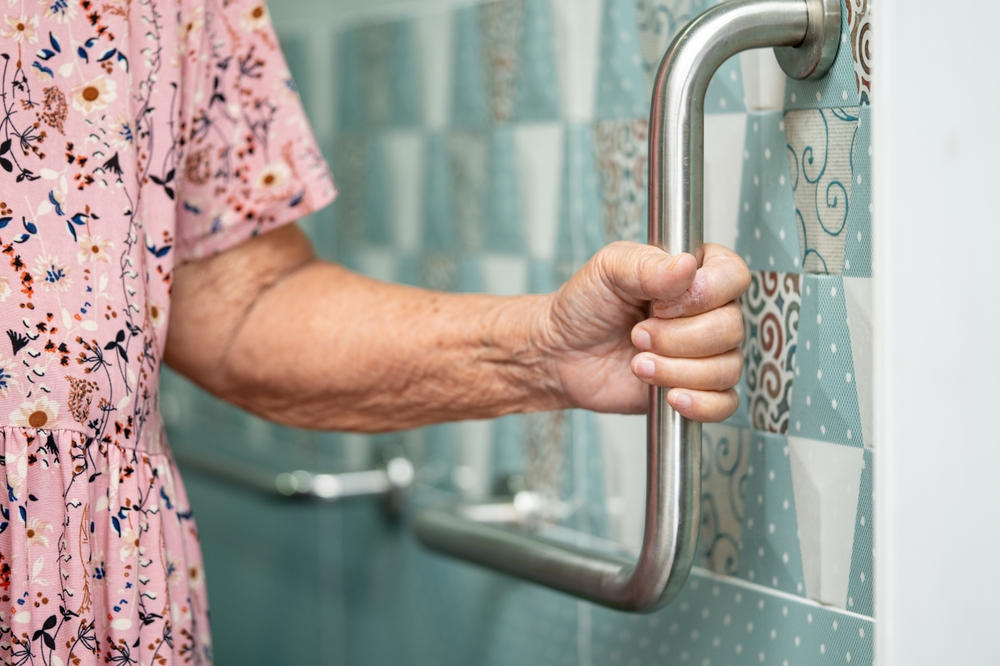Falls among the elderly are a significant concern for caregivers. As our loved ones age, ensuring their safety becomes a top priority. Understanding how caregivers can prevent elderly falls is crucial to maintaining their health and independence. In this article, we will explore various strategies and tips to help prevent falls and keep our senior family members safe.
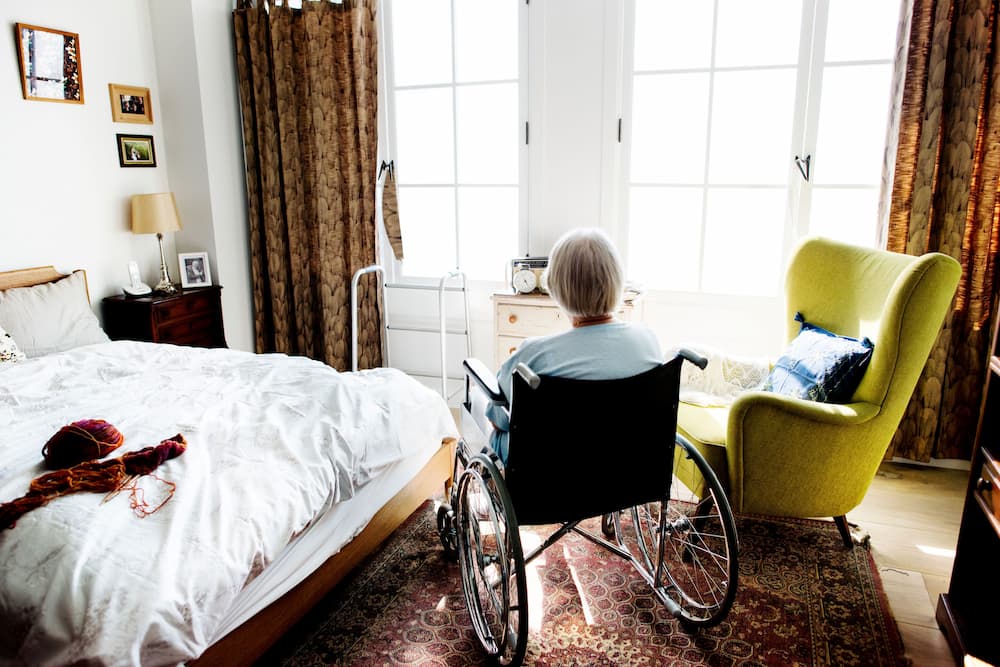
Understanding the Risks of Falls
Falls are common among seniors and can lead to serious injuries, loss of independence, and even death. Understanding the risks associated with falls is the first step in prevention. Factors such as poor vision, muscle weakness, and balance problems can increase the likelihood of falls.
Key Risk Factors
- Muscle Weakness: As people age, muscle strength decreases, affecting balance and mobility.
- Vision Impairments: Poor vision can lead to missteps and falls.
- Medications: Some medications may cause dizziness or drowsiness.
Creating a Safe Environment
One of the most effective ways to prevent falls is by creating a safe living environment. Caregivers should conduct regular safety assessments of the home to identify potential hazards.
Home Safety Tips
- Ensure adequate lighting in all areas of the home.
- Install grab bars in bathrooms and other high-risk areas.
- Keep floors clear of clutter to prevent tripping.
For more information on smart home solutions that can enhance safety, check out this article on smart elderly care solutions.
Encouraging Physical Activity
Regular physical activity can improve strength, balance, and coordination, which are essential in preventing falls. Caregivers should encourage seniors to engage in exercises tailored to their abilities.
Exercise Recommendations
- Participate in balance exercises such as Tai Chi or yoga.
- Engage in strength training to build muscle mass.
- Incorporate aerobic activities like walking or swimming.
Monitoring Health and Medications
Caregivers should maintain open communication with healthcare providers to monitor health conditions and medications that may affect fall risk.
Regular Health Check-ups
- Schedule regular eye exams to ensure vision is optimal.
- Review medications with a doctor to identify those that may cause dizziness.
For more insights into how technology can assist in fall prevention, read this article on fall detection in smart homes.
Utilizing Assistive Devices
Assistive devices can greatly reduce the risk of falls. Caregivers should ensure that seniors have access to and know how to use these devices.
Common Assistive Devices
- Walkers and Canes for stability and support.
- Fall Detection Devices that alert caregivers in case of a fall.
For more information on fall detection devices and their effectiveness, visit this article on fall detection devices.
Building a Support Network
Having a strong support network can provide emotional and practical assistance to both caregivers and seniors.
Community Resources
- Join local senior groups for social interaction and support.
- Utilize community services that offer transportation or home modifications.
Discover more about mobile apps that aid in fall prevention in this article on mobile apps.
Educating and Training Caregivers
Proper education and training can empower caregivers to effectively prevent falls. Understanding the latest techniques and strategies is crucial.
Training Programs
- Attend workshops and seminars on fall prevention.
- Participate in online courses designed for caregivers.
Conclusion
Preventing falls among the elderly is a collaborative effort that requires awareness, preparation, and dedication. By understanding how caregivers can prevent elderly falls, we can create a safer environment and improve the quality of life for our senior loved ones.
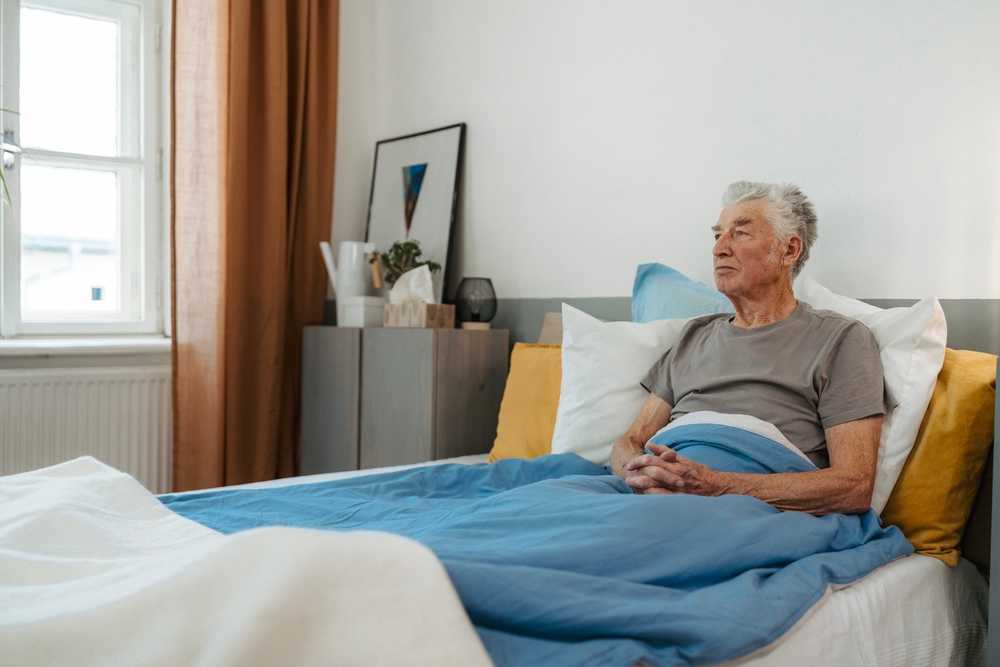
FAQ
What are the most common causes of falls in the elderly?
Common causes include muscle weakness, vision impairments, and certain medications that can cause dizziness.
How can exercise help in preventing falls?
Exercise improves strength, balance, and coordination, which are crucial in preventing falls.
What role do assistive devices play in fall prevention?
Assistive devices provide stability and support, reducing the risk of falls.
For further reading on falls and prevention, visit Physio-Pedia.
This article contains affiliate links. We may earn a commission at no extra cost to you.

